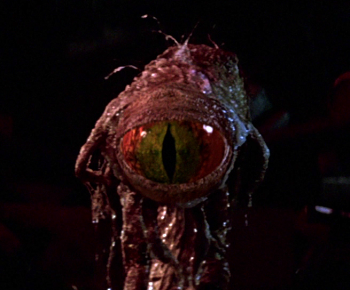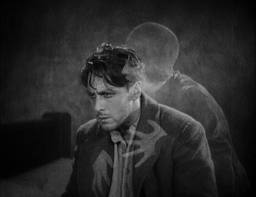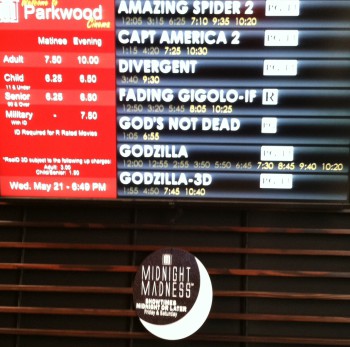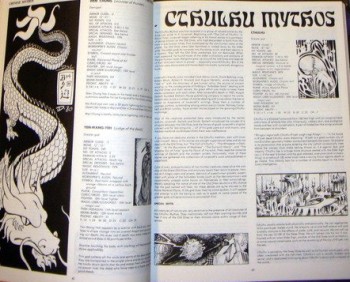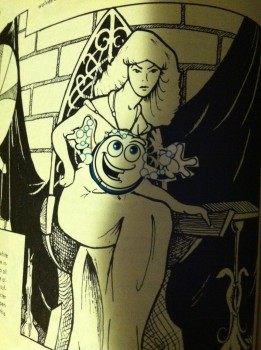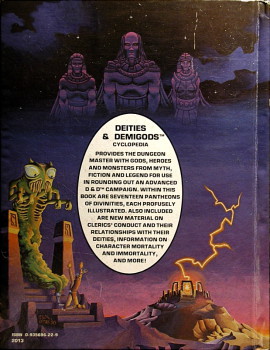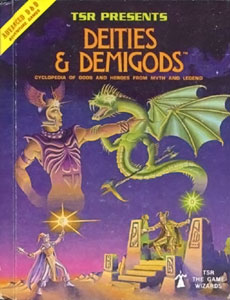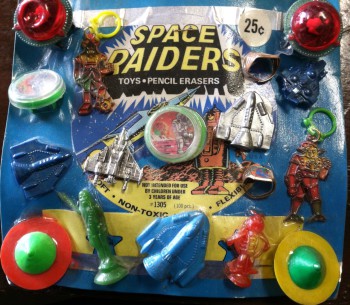Were These the 10 Best Ghost Stories as of 1927?
 In 1927, Funk & Wagnalls Company published a 10-volume set titled The World’s One Hundred Best Short Stories. Edited by Grant Overton, each small (about 4” by 6.5”), red, hardbound book had a distinct sub-heading: V1. Adventure, V2. Romance, V3. Mystery, V4. Love, V5. Drama, V6. Courage, V7. Women, V8. Men, V9. Ghosts, V10. Humor.
In 1927, Funk & Wagnalls Company published a 10-volume set titled The World’s One Hundred Best Short Stories. Edited by Grant Overton, each small (about 4” by 6.5”), red, hardbound book had a distinct sub-heading: V1. Adventure, V2. Romance, V3. Mystery, V4. Love, V5. Drama, V6. Courage, V7. Women, V8. Men, V9. Ghosts, V10. Humor.
Before I get to the meat-and-potatoes of this post (and if you think that would be volume 9, you would be eerily correct), a couple random observations about the series overall…
First: what an idiosyncratic parsing of genres! Four or five of them would be recognizable genres today, but I’ve yet to see a “courage” section in any bookstore.
Second: I wonder what distinguishes stories of “love” from stories of “romance”? My first thought was that maybe “romance” was being used in an earlier sense — as describing literature like the tales of King Arthur and stories that we would today classify as “fantasy.” Nope. A brief perusal was enough to see they’re romance stories in the modern sense.
Third: “Drama” here is meant to denote what we’d probably just deem mainstream or literary fiction. That volume includes stories by Kathleen Norris, Stephen Crane, and Guy de Maupassant (“The Necklace”, one of my first introductions to “literary fiction” in school — a story that fostered the oft-reinforced impression that “literary” fiction has to be depressing). “Drama” as it is used today — and back then too, for that matter — denotes stage scripts, at least in literary studies. Come to think of it, “drama” as Overton applied it to short stories back in 1927 is how it is now used in classifying films.
Okay, enough of the general observations. What really piqued my curiosity, when I came across these little volumes in a box dropped off at the bookstore where I work, was that ninth volume. Ghosts.
